In the article, we will discuss elephant ear plant care and why your plant may be turning yellow. We’ll also provide some tips for how to help it turn green again and thrive!
Why Is My Elephant Ear Turning Yellow?
Overwatering, not receiving enough light, fungal disease, or an atmosphere that is stressful are the reasons your elephant ear plant has yellowed.
Let’s now take a closer look at the most common reasons for yellowing leaves on this plant, as well as how to treat them.
1. Overwatering
If you notice that your elephant ear plant is turning yellow and dropping leaves, it may be because of overwatering. The roots of this plant need to be able to breathe and the soil should never stay wet.
You can help prevent overwatering by allowing your elephant ear plant’s soil to dry out before watering it again. In fact, the only time to add more water is when the top of the soil is dry to the touch. Using a moisture meter is also helpful for keeping track of your plant’s moisture level.
It’s important that the pot used has drainage holes so that the plant’s roots can breathe. When water is left to pool at the bottom of the pot, the roots can become waterlogged and rot.
This causes the plant to stop taking in nutrients, wilt and turn yellow, or even die if not corrected quickly enough. If you suspect that your elephant ear plant is suffering from root rot, take action by repotting the plant.
Start by inspecting the roots and pruning any that are black or slimy. Replace the soil with fresh potting mix and place it in a new container that has drainage holes for better aeration around the roots.
2. Fungal Infections
Fungal infections on elephant ear plants may also be the reason they’re turning yellow. The most common type of fungus is called leaf spot and it can cause leaves to turn yellow, curl up, or even wilt completely.
The best way to prevent fungal disease is by providing your elephant ear plant with proper care. To begin, make sure it receives plenty of light and water the soil at room temperature.
It’s also important to clean up any dead leaves or other debris before they have a chance to spread pathogens to healthy parts of the plant. If you notice that your elephant ear is turning yellow due to fungus, the best treatment is to prune any dead or affected parts of the plant.
Neem oil is also great for preventing or treating fungal infections, so you may wish to consider spraying your plant with this organic fungicide.
Note that if the infection is severe, all parts of the elephant ear plant will need to be removed in order to save it. However, if only a few leaves are affected and there’s still healthy growth on the plant, pruning off the affected leaves may be enough to allow it time to heal and recover.
3. Lack of Sunlight
Elephant ear plants need a lot of light to thrive, so if yours is turning yellow it may be because the plant isn’t getting enough sunlight.
If your plant is located in a dark area, move it to an area that receives at least six hours of sunlight each day. You can also try increasing the wattage of the light bulbs you use if moving the plant isn’t an option and/or doesn’t help with its growth.
By giving your elephant ear plant more exposure to light, you should see new leaves and stems grow. Note that it will take some time for the plant to adjust to its brighter environment – be patient!
If your elephant ear is turning yellow due to lack of light but you cannot move the plant, try supplementing with a full-spectrum fluorescent light bulb. This will ensure that the plant gets all of the light it needs.
4. Environmental Stressors
Environmental stress, such as unpredictable weather or fluctuating temperatures, can cause an elephant ear plant to turn yellow.
If you’ve recently moved your plant indoors in the autumn and it’s still not getting enough light (or is too hot), this may be why it’s turning yellow. Another possibility is that the potting soil used was contaminated with chemicals or pathogens that are making the plant sick.
Cold drafts and dry heat are also harmful to elephant ear plants, so make sure your plant is situated in an area free from these.
Yellowing Elephant Ear Plant Leaves FAQs
I’ll go through some of the most common questions regarding yellowing leaves on elephant ear plants, starting with some of the most frequently asked ones.
Should I cut yellow leaves off my elephant ear plant?
Yes, pruning yellow leaves will help to rejuvenate your plant and make it grow new leaves. However, the yellowing is often a sign that there’s something wrong with the roots or soil, so you should check those before pruning off any leaves.
Will too little light cause my elephant ear plant to turn yellow?
Yes, if your elephant ear plant isn’t getting enough light it will turn yellow. Try moving the plant to a sunnier spot or using grow lights to add more light.
Will too much water cause my elephant ear plant to turn yellow?
Yes, if you’re watering your elephant ear plant too often or with water that’s too cold, it can cause the leaves to turn yellow. Make sure to water at room temperature and only when the soil is dry.
Will yellow elephant ear plant leaves turn green again?
No, it is very unlikely for the yellowing leaves to turn green again. However, if you prune off the leaves, new ones will grow in their place. So, there’s no need to worry as the plant will continue to grow despite the yellow leaves.
Conclusion
In conclusion, there are many reasons why an elephant ear plant may turn yellow. The most common ones are due to lack of light, fungus, or environmental stressors. However, there can be other causes as well.
If your plant is turning yellow, the best thing to do is identify the cause and take corrective action. This may involve increasing light exposure, changing the potting soil, or spraying with a fungicide. By taking these steps, you should see your elephant ear plant return to its healthy green state.
If you have any other questions about yellowing leaves on elephant ear plants, please drop me an email and I’ll do my best to answer them. Thanks for reading!
Tim is an avid gardener from the UK. He was the founder of PlantCarer.com from 2021 to Sep 2023. He sold PlantCarer.com to Aaron. He has since started his own business called Seed To Supper, which provides new gardeners all the materials you need in a box (pots, seeds, compost and instructions) to grow your own delicious and nutritious vegetables and herbs from start to finish – no garden required.



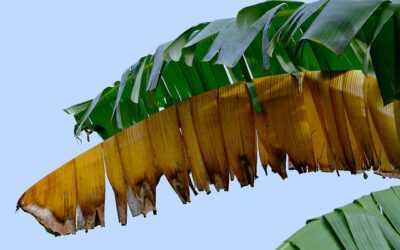

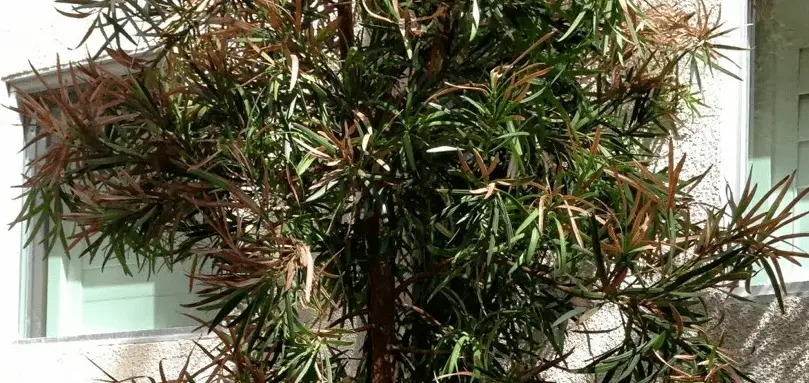
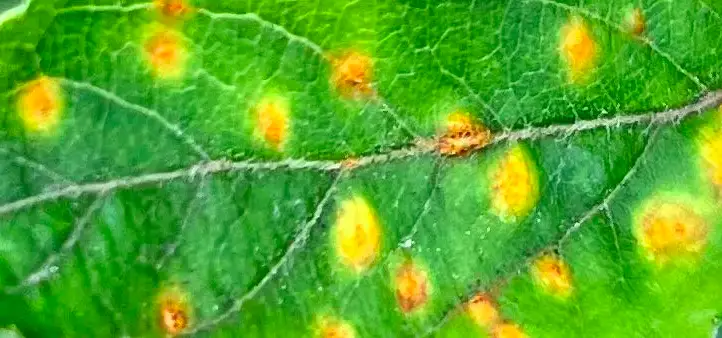
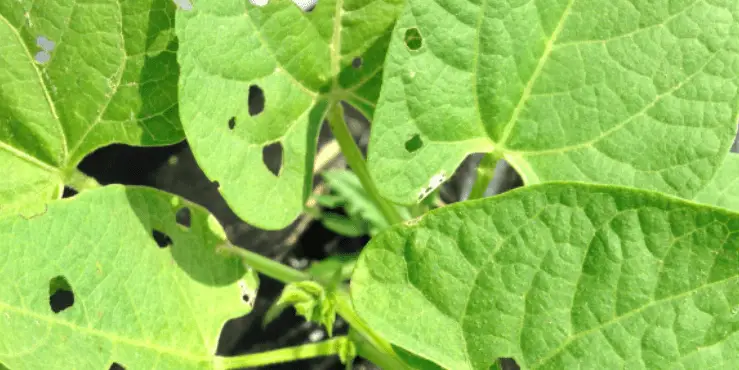
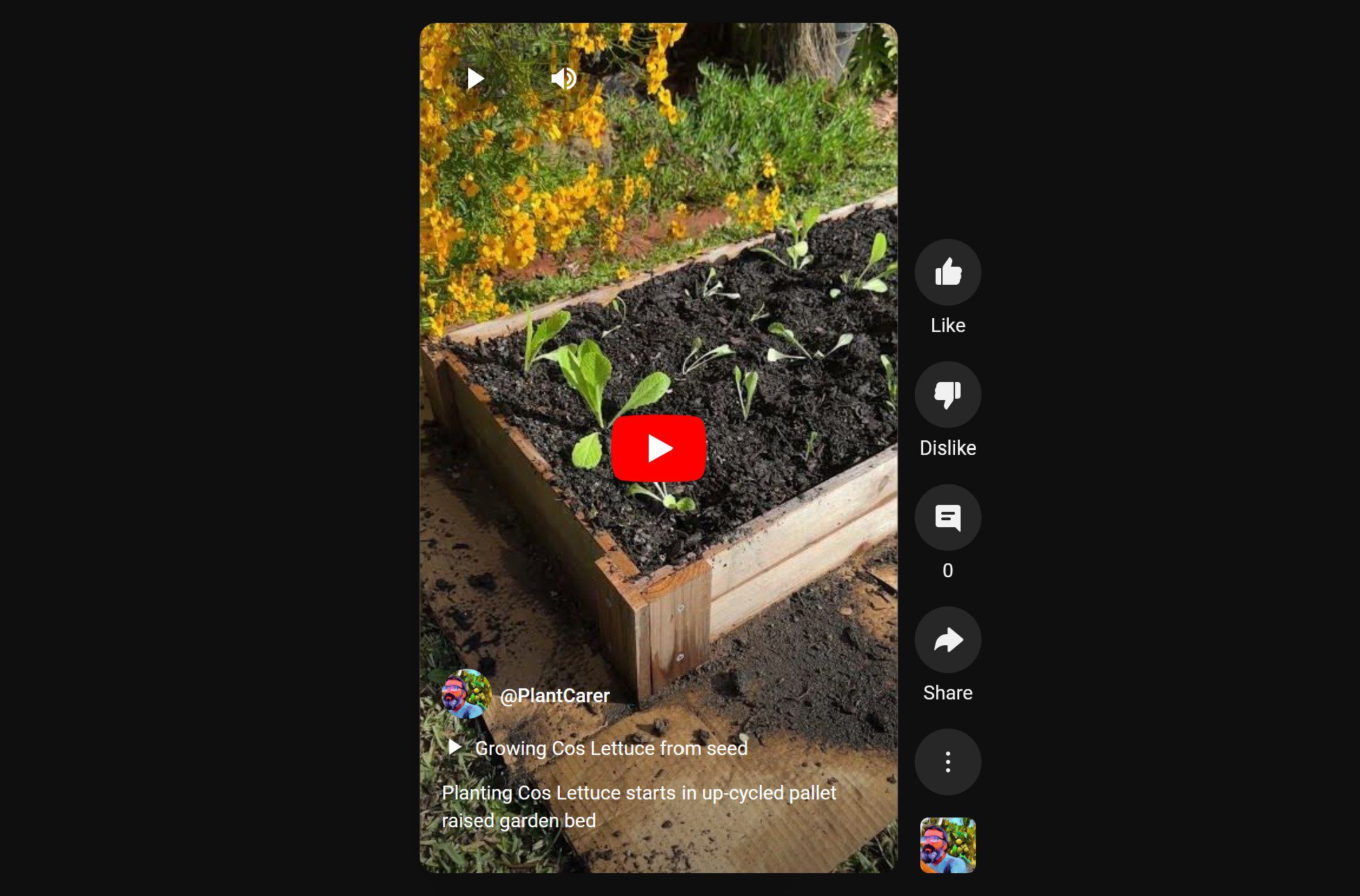
0 Comments